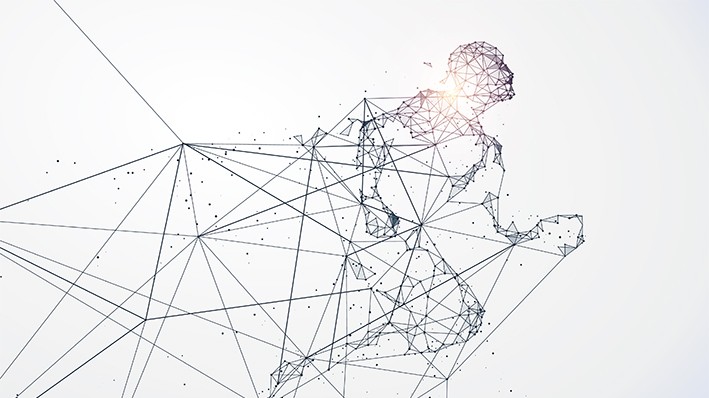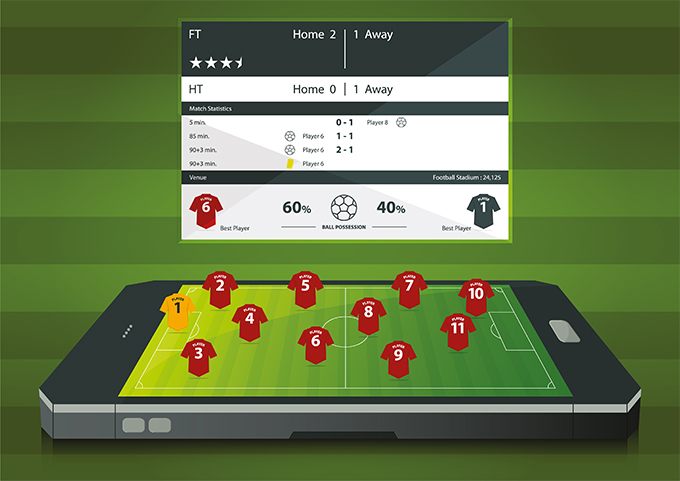Work Like Everybody’s Watching
Huge sports events attract huge audiences. They demand an uninterrupted service, not only from Internet providers, but also from providers of water services.

© liuzishan | istockphoto.com
On the eve of July 13th, 2014, Berlin’s water supplier registered the same phenomena as many other water works across Europe. Just before 10 p.m., its meters showed a steep rise in water consumption. For a few minutes, the water throughput increased by a factor of three to four. It was as if everyone in Europe was flushing the toilet at the same time. Fifteen minutes later, it was all over. As quickly as the meter usage had spiked, activity now returned to normal
The explanation was simple: It was the night of the final match of the Soccer World Cup. It was halftime. People had really gone to the bathroom
The water suppliers were neither surprised nor alarmed. They had seen this coming, and they were prepared. No soccer fan was reported to have returned to the game that night without properly washed hands. An uninterrupted water supply was maintained at all times. (Not that anybody took note, but that is the fate of any infrastructure provider: They don’t get noticed unless they fail.)
How Data Is Different From Water
Peaks in demand are also a topic for DE-CIX, the Internet Exchange located in Frankfurt. During its peak times, DE-CIX has a higher data throughput than any other Internet Exchange. But if you look at the soccer finals statistics of an Internet Exchange and compare them with those of a water supplier, the difference is clear. Water is turned on and off. But data is always on the move. Data throughput statistics make a very regular wave pattern. Irregularities are rare.
One of the reasons is that, in today’s world, we can no longer say that such sports events draw millions to their screens. They are already at their screens when the game begins, for they have been there all along. Today’s viewers don’t turn on their screens when the game begins, and they certainly don’t turn them off once it is over. Today’s viewers are more likely to be online before, during, and after. Many of them use more than one channel and more than one screen. And they don’t only “watch” the game, either.
Jeffrey Haas, Chief International Officer at DraftKings, has this to say about today’s sports fans: “Consuming sports is one of the most popular forms of entertainment (…) The experience is not just a stream of audio and visuals, but also the overlay of information and emotion that comes with live analysis, real-time data, and concurrent interaction across multiple screens.”
Much like tap water, we take our Internet infrastructure for granted. According to
Markus Schaffrin, Head of Member Services at eco, “the Internet industry is well prepared to provide sufficient bandwidth and resources for online events, even at peak times.” Events like the soccer finals require no additional preparation or hardware. Nor did the recent Handball World Championships, which, in Germany, could be viewed only via IP.
Not Sports: What Really Caused DE-CIX’s Recent Peak
Remarkably, one of the recent data traffic peaks registered by DE-CIX in September 2017, 5.88 Tbps, had nothing to do with sports, but rather with new hardware: “We assume that it was the introduction of the new Apple devices which caused the data traffic to go through the roof, and we are already curious to see how the rollout of iOS 11 will affect the traffic,” said Harald A. Summa, CEO of DE-CIX Management GmbH.
While the Internet’s total data volume remains relatively stable and predictable over time, individual services have a much higher volatility. During times like a soccer tournament, the public attention concentrates on fewer services and providers. These few certainly must prepare for new peaks and ensure that they provide an uninterrupted and high-quality service, especially when everybody is watching.
ZDNet described how UEFA got this job done in France last year: “Hundreds of millions of people will be keeping up,” they wrote “through TV, radio, and other channels such as the official tournament website and mobile apps – so any interruptions or issues with the IT behind these services will therefore be highly visible and likely a PR disaster.”
The lack of such a PR disaster proves that, in France, the infrastructure worked without fail. Next year in Russia, the stakes will be even higher. The world will watch the FIFA World Cup – and there will be even more viewers using more devices, demanding premium and uninterrupted services.
Read the eco Association white paper “Infrastructure for Live Broadcasting – State of Play and Future Challenges”




